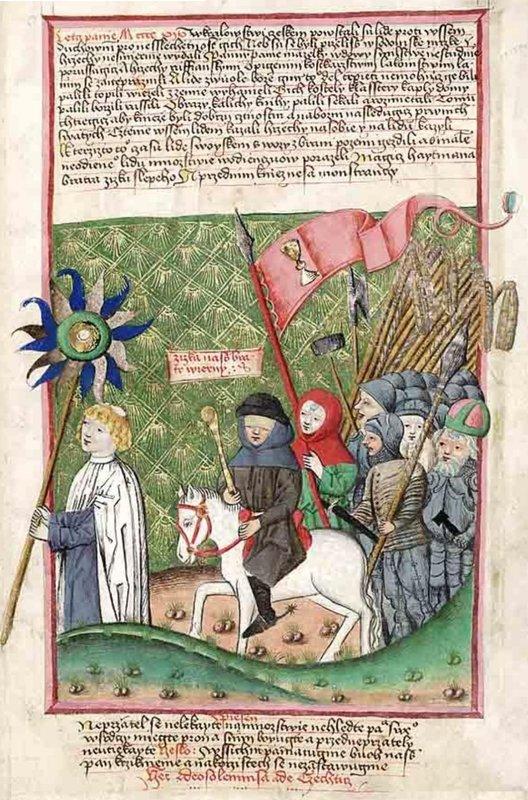You can support these web-sites by donating: or by making your Amazon purchases after clicking a link below: amazon amazon.co.uk amazon.es amazon.fr amazon.de |
Register a SNAP EBT card with Amazon Create an Amazon Business Account |
Jan Zizka leading his troops, Jena Codex, Hussite, early 16th century Bohemia

A larger image of Jan Zizka leading his troops, Jena Codex, Hussite, early 16th century Bohemia
Image source: myarmoury

Image source
